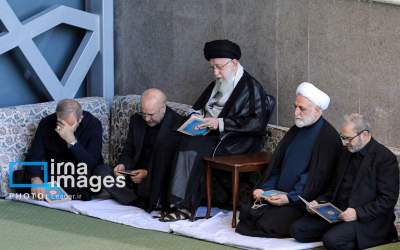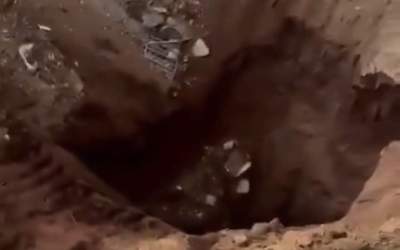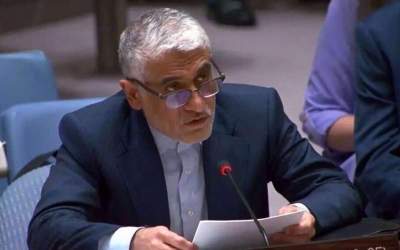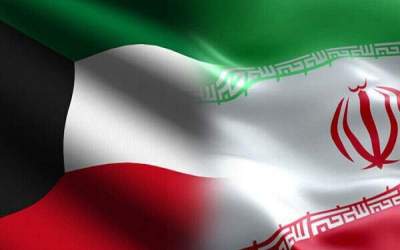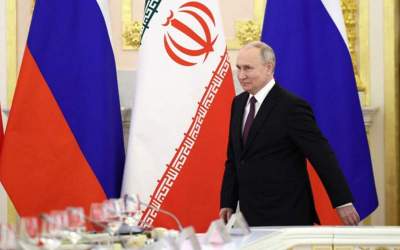Thursday 5 January 2017 - 12:46
Story Code : 245801
Iran test fires upgraded domestic Talash air defense system
The tests began with�the launch of�Iranian-made Sayyad-2 surface-to-air missiles in�the southern region of�Iran near�Bushehr. Tasnim News Agency, run by�the Islamic Ideology Dissemination Organization, reported that the tests included the first launch of�a Sayyad-3, which boasts a longer range than�the Sayyad-2. The Sayyad-2 is a medium-range, high-altitude missile that Iranian defense officials originally planned to�bolster the firepower of�Iran�s frigates. The dry-run of�the Iranian-made Ofoq fire control radar, which calculates the path for�missiles to�hit targets, added to�a swelling of�local pride in�wake of�the successful launch.
Bushehr is a coastal city on�the Persian Gulf across�from Saudi Arabia, Bahrain, Qatar, and Kuwait. Iran�s Air Defense forces are also carrying out�a large-scale military simulation in�the provinces of�Hormozgan and Khuzestan, according to�Tasnim.
Weapons testing near�the Hormozgan province could prove more worrying for�China, the US, and Europe, which rely on�oil transported through�the Strait of�Hormuz. Indeed, some 20 percent of�the world�s oil flows through�the ever-important waterway per day. In December 2011, an Iranian naval commander said closing the strait would be "easier than�drinking a glass of�water." Approximately 75 percent of�oil aboard�the cargo ships passing through�the strait is headed for�Asia, according to�expert estimates.
prev
next
Latest News
Most viewed

